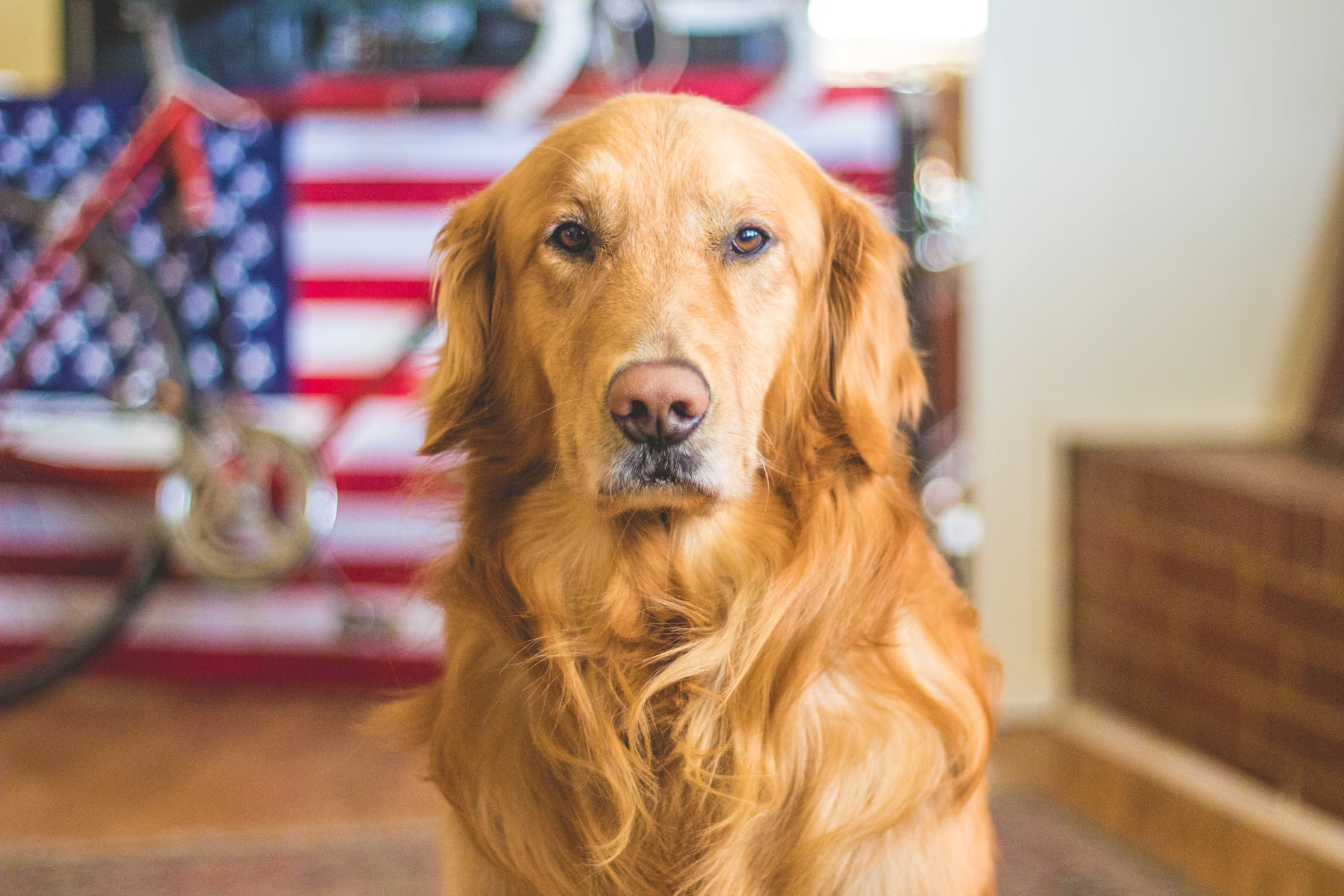Adopting a Dog and a Cat Together: Tips for a Harmonious Household

Adopting both a dog and a cat simultaneously can be a rewarding experience, but it requires careful planning to ensure a smooth transition and harmonious coexistence. Introducing a new dog and cat to each other involves understanding their individual needs and managing their interactions effectively. This guide provides practical tips for adopting a dog and a cat together and creating a peaceful household for both pets.
1. Preparing Your Home
a. Set Up Separate Spaces
- Designated Areas: Before bringing either pet home, set up separate spaces for the dog and cat. Provide each pet with their own food and water bowls, bedding, litter box (for the cat), and toys.
- Safe Zones: Ensure that the cat has access to high perches or hiding spots where they can retreat if they feel overwhelmed. The dog should have a comfortable area where they can relax away from the cat.
b. Pet-Proof Your Home
- Safety Measures: Remove or secure any items that could be harmful to pets, such as toxic plants, small objects, or cables. Ensure that the environment is safe and free from potential hazards.
- Secure Items: Store cleaning supplies, medications, and other potentially dangerous items out of reach of both pets. This helps prevent accidents and ensures a safe living space.
2. Introduction Process
a. Gradual Introduction
- Scent Introduction: Start by allowing the dog and cat to become familiar with each other’s scents before they meet face-to-face. Exchange bedding or toys between the two pets to facilitate this process.
- Controlled Meetings: Begin with short, controlled meetings in a neutral space. Keep the dog on a leash and allow the cat to approach at their own pace. Observe their reactions and ensure that both pets are calm.
b. Positive Reinforcement
- Reward Good Behavior: Use positive reinforcement to encourage calm and respectful behavior during introductions. Reward both the dog and cat with treats and praise when they interact calmly and politely.
- Gradual Increase: Gradually increase the duration of their interactions as they become more comfortable with each other. Supervise all interactions until you are confident that both pets can coexist peacefully.
3. Managing Interactions
a. Supervised Playtime
- Monitor Play: Supervise playtime to ensure that interactions remain positive and safe. Watch for signs of stress or aggression and intervene if necessary to prevent conflicts.
- Interactive Toys: Provide interactive toys and activities to keep both pets engaged and distracted from any potential issues. Toys that encourage independent play can help alleviate boredom and reduce potential conflicts.
b. Respecting Boundaries
- Cat’s Space: Respect the cat’s need for personal space and provide areas where they can retreat if they feel threatened. Ensure that the dog understands and respects these boundaries.
- Training Commands: Train the dog to follow basic commands such as “leave it” or “stay” to manage their behavior around the cat. This helps in maintaining a peaceful environment and preventing any unwanted chasing or rough play.
4. Addressing Potential Issues
a. Handling Aggression
- Identify Triggers: If aggression occurs, identify the triggers and address them promptly. This may involve adjusting their interactions, providing additional training, or seeking professional help if needed.
- Seek Professional Advice: If aggression persists or escalates, consult a professional animal behaviorist or trainer for guidance. They can offer tailored solutions to address specific issues and improve the relationship between your pets.
b. Ensuring Emotional Well-Being
- Monitor Behavior: Keep an eye on both pets’ behavior and well-being. Look for signs of stress or anxiety and address them through environmental enrichment, training, and reassurance.
- Provide Individual Attention: Ensure that both the dog and cat receive individual attention and care. Spend quality time with each pet to strengthen their bond with you and reduce any feelings of neglect or competition.
5. Long-Term Harmony
a. Building Positive Relationships
- Encourage Bonding: Encourage positive interactions by engaging in joint activities, such as supervised playtime or training sessions. This helps to build trust and strengthen the bond between the dog and cat.
- Consistent Routine: Maintain a consistent routine for feeding, exercise, and playtime. Consistency helps both pets feel secure and reduces potential stress or anxiety.
b. Ongoing Training and Socialization
- Continue Training: Continue training and socializing both the dog and cat throughout their lives. This helps reinforce good behavior and adapt to any changes in their environment or routine.
- Monitor Adjustments: Be prepared to make adjustments to their living arrangements or routines as needed. Regularly assess their interactions and make any necessary changes to ensure ongoing harmony.
6. Conclusion
Adopting a dog and a cat together can be a fulfilling experience, but it requires careful planning and management to ensure a harmonious household. By preparing your home, introducing the pets gradually, managing their interactions, and addressing potential issues, you can create a positive environment where both pets thrive. With patience, understanding, and ongoing care, you can foster a loving and peaceful relationship between your dog and cat, enhancing the joy and companionship they bring to your life.




